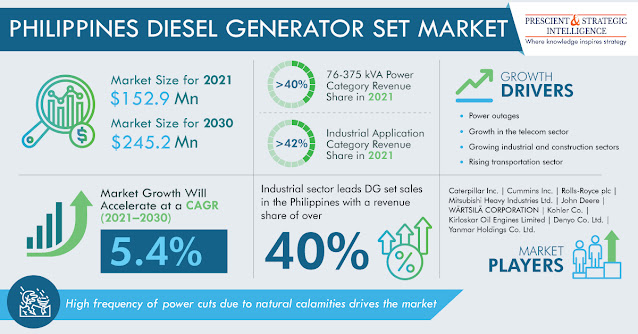The major drivers of the global IoT microcontroller market include the surging requirement for IoT in several sectors, increasing preferences for automation, and technological advances. In 2021, the market stood at $4,836.9 million and it is predicted to reach $13,898.0 million by 2030. It is projected to advance at a CAGR of 12.4% from 2021 to 2030. This can be due to the surging need for connected products, including gaming consoles, security systems, smartphones, televisions, household appliances, and tablets.
The technological advances will pave the way to generate higher revenue in the IoT microcontroller market in the forecast period. Recognizable alterations have taken place in hospitals and clinics because of data analytics methods, wireless devices, and developments undertaken in computer-embedded technologies. Furthermore, by enabling the inspection of huge amounts of very complicated medical information, clinical research is being transformed by IoT technologies. Additionally, there is an increase in the geriatric population, which leads to a higher prevalence of chronic diseases. This drives the requirement for IoT-based patient monitoring devices.
 |
| IoT Microcontroller Market Revenue Estimation and Demand Forecast to 2030 |
During the outbreak of COVID-19, lockdowns were imposed across the world. Thus, corporations of several sectors followed the work from home culture resulting in a dire need for PCs, mobile phones, wearables, and IoT-enabled smart gadgets. Furthermore, all of this went in harmony with increasing collective awareness about wellbeing, fitness, and health. Also, health parameters, including the heart rate and oxygen levels, are easily monitored and tracked by wearables. This exerted a push on the demand for wearables.
Within the product segment, the global IoT microcontroller market will be dominated by the 32-bit microcontroller category in the forecast period, accounting for the highest CAGR, of around 12%. This can be credited to the variant’s better functional abilities, extending assistance to small implanted medical devices, Industrial 4.0 processes, and the latest IoT applications. Moreover, this type of microcontroller is witnessing extensive use in industrial automation on account of its higher processing power, better performance, enhanced efficiency, user-friendly features, and economic aspects over other microcontrollers. Additionally, it can send real-time sensor information to an IP network.
Segmented by application, the smart home category will spur the IoT microcontroller market growth. The category is expected to grow at a CAGR of around 12% in the coming years. With greater adoption of technology, players can adapt to the current market dynamics and paradigm shifts in the tastes and preferences of consumers. A snowballing need for energy-efficient, secure, and safe processes is created by controlled applications of smart devices, which result in their rising demand.







.png)





